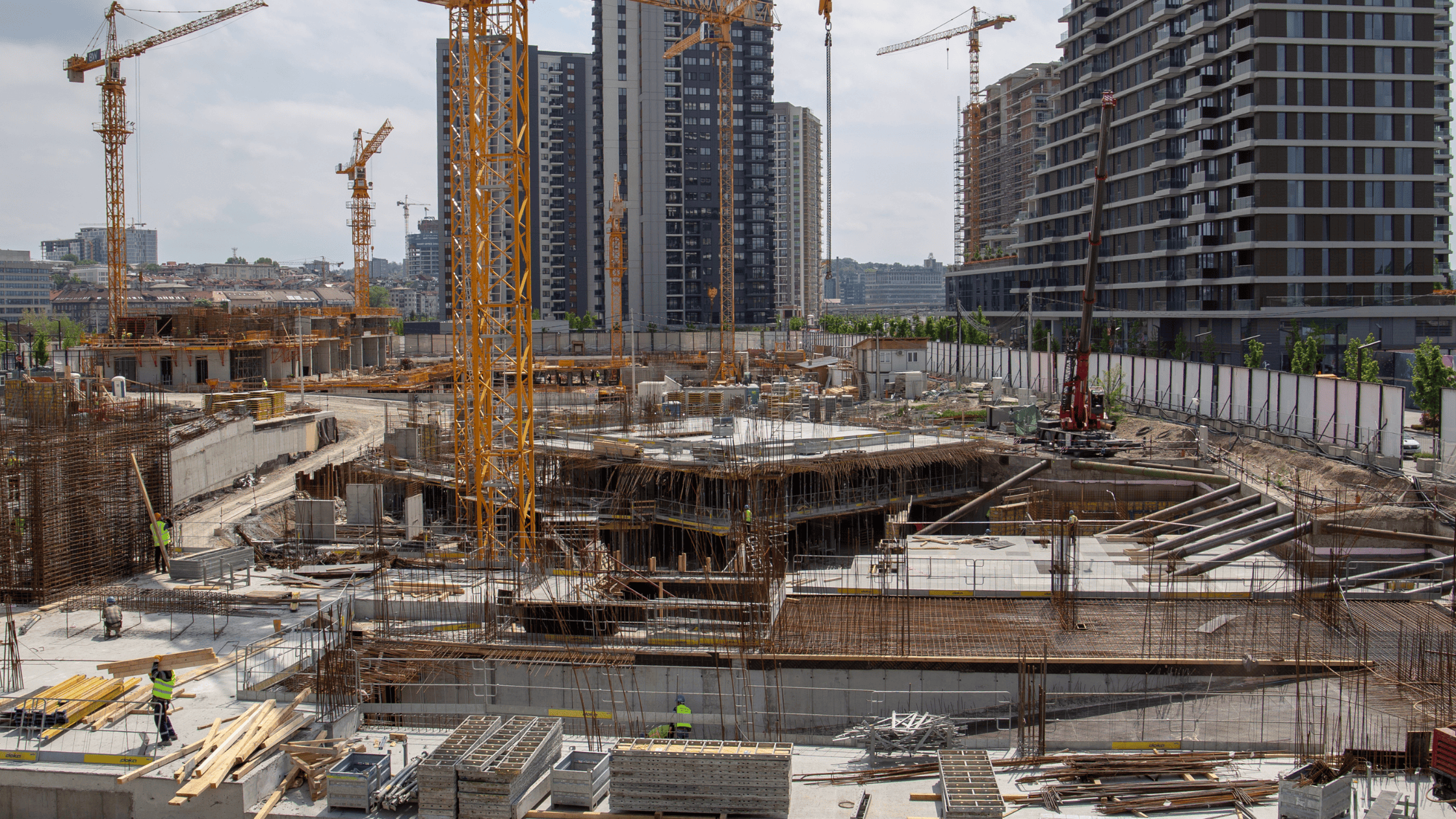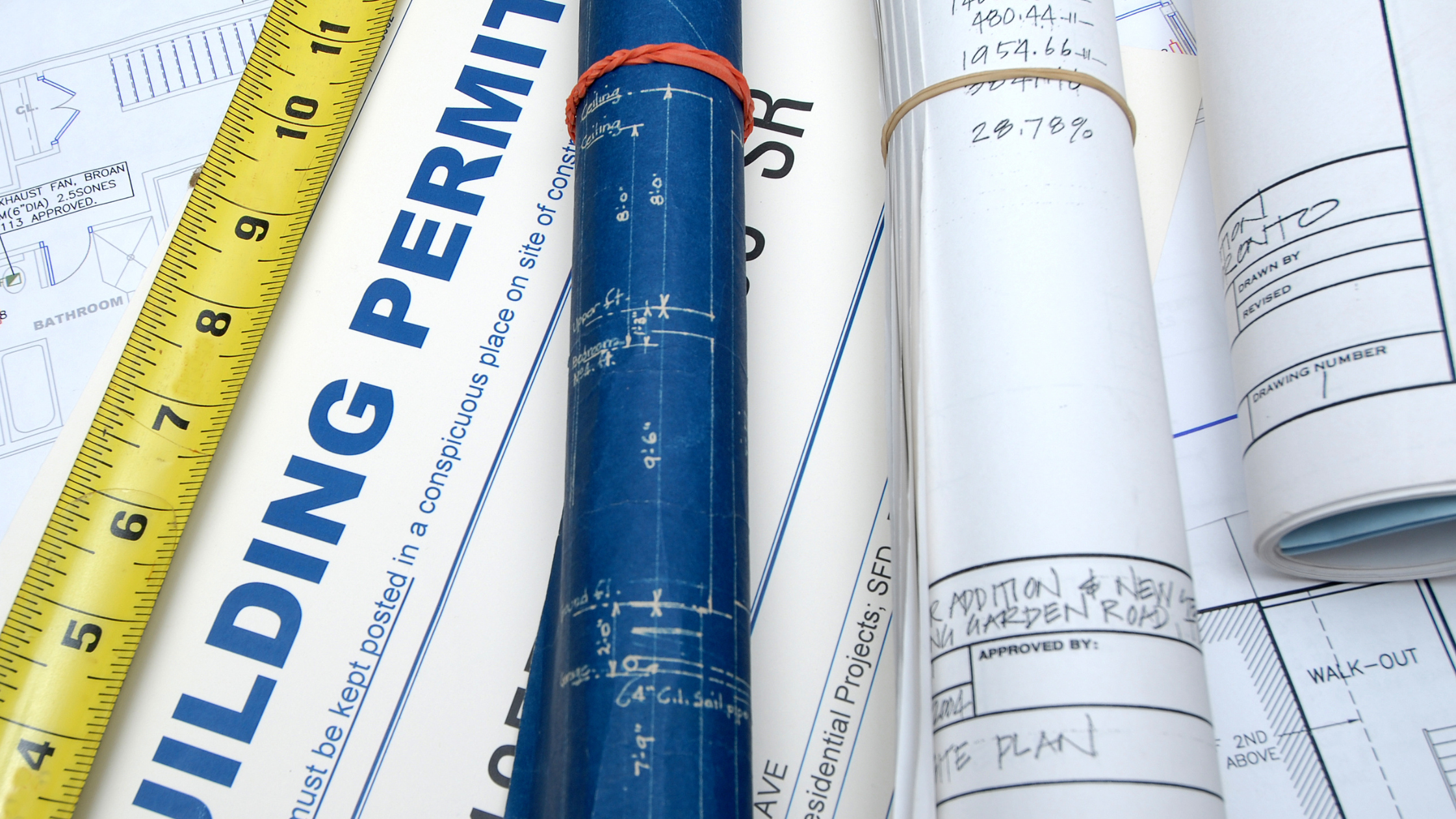Introduction: Why Environmental Compliance Matters in Urban Development
Urban development is booming, but so are the risks of compliance violations. From land use permitting to air quality monitoring and construction compliance, today’s urban projects are under intense scrutiny.
Failing to meet environmental compliance standards can cause serious setbacks — including costly fines, delayed permits, community opposition, and even complete project shutdowns. In fact, many of the most expensive urban development mistakes stem from overlooking simple compliance requirements.
To help developers, contractors, and municipalities avoid these pitfalls, we’ve created a practical environmental compliance checklist. Use it to ensure your projects move smoothly through permitting, construction, and final approval.
Step 1: Land Use Permitting and Zoning Compliance
Before breaking ground, confirm that your project is allowed within its proposed site.
- Review zoning ordinances and land use permitting requirements.
- Check for restrictions related to industrial activities near residential areas.
- Align with urban noise regulations, traffic impact assessments, and community planning guidelines.
- File early permit applications to avoid bottlenecks in city reviews.
Costly mistake to avoid: Starting site work before securing land use permits — a leading cause of long compliance delays.
Step 2: Air Quality Compliance
Urban areas face tight air quality standards, especially around construction sites.
- Assess dust, particulate matter, and emissions from construction equipment.
- Implement air monitoring systems to measure compliance in real time.
- Choose low-emission equipment and schedule deliveries to minimize traffic pollution.
- File required permits for air emissions if operating boilers, generators, or other regulated equipment.
Costly mistake to avoid: Ignoring air quality permitting and facing community complaints or EPA fines.
Step 3: Noise and Construction Compliance
Construction is one of the biggest sources of urban noise pollution — and a common trigger for compliance delays.
- Conduct noise impact assessments before starting.
- Track noise levels in decibels (dBA) using sound level meters and real-time monitoring equipment.
- Use noise mitigation strategies: acoustic barriers, soundproofing enclosures, and sound-absorbing materials.
- Follow construction compliance rules: daytime-only operations for high-noise equipment, vibration limits, and mandatory reporting.
Costly mistake to avoid: Failing to follow construction noise regulations, which leads to community opposition and project stoppages.
Step 4: Waste Management and Water Compliance
Urban projects must manage waste and water responsibly.
- Develop a construction waste management plan with recycling targets.
- Ensure stormwater runoff systems meet EPA stormwater compliance standards.
- Prevent contamination of surrounding areas through spill prevention and dust control.
Costly mistake to avoid: Allowing unpermitted discharges or improper waste disposal — one of the most common compliance violations.
Step 5: Community Engagement and Transparency
Compliance isn’t just about paperwork — it’s about building trust.
- Share your environmental compliance plan with nearby communities.
- Host information sessions explaining air quality measures, noise reduction strategies, and land use permitting steps.
- Provide public access to real-time monitoring dashboards for transparency.
- Respond quickly to community complaints to avoid escalation.
Costly mistake to avoid: Skipping community engagement and facing protests, lawsuits, or denial of permits.
The Environmental Compliance Checklist
Here’s a quick recap you can use on every urban project:
✔ Land use permitting and zoning secured
✔ Air quality permits and monitoring systems in place
✔ Noise impact assessment completed and mitigation strategies designed
✔ Construction compliance schedules approved by regulators
✔ Waste management and stormwater systems designed
✔ Community engagement plan implemented
✔ Real-time compliance monitoring system deployed
Conclusion: Compliance Is the Foundation of Success
In urban development, compliance isn’t a box to check at the end — it’s the foundation for success. Missing even one requirement in environmental compliance, land use permitting, air quality, or construction compliance can cause expensive delays and damage your reputation.
Other Articles

Comparing Noise Barriers: Mitigation Walls vs. Sound Walls vs. Temporary Barriers | Urban Solution Group
Not all noise barriers are the same. Compare mitigation walls, sound walls, and temporary barriers — and learn how Urban Solution Group helps with compliance.

Why Do Compliance Delays Happen? How to Prevent Them in City Permitting | Urban Solution Group
Compliance delays cost projects time and money. Learn why they happen in city permitting and how Urban Solution Group prevents setbacks with proven strategies.

Step-by-Step Guide to Permitting Industrial Projects | Urban Solution Group
Streamline industrial project permitting with Urban Solution Group. Follow a clear step-by-step process to meet noise, environmental, and community requirements.
